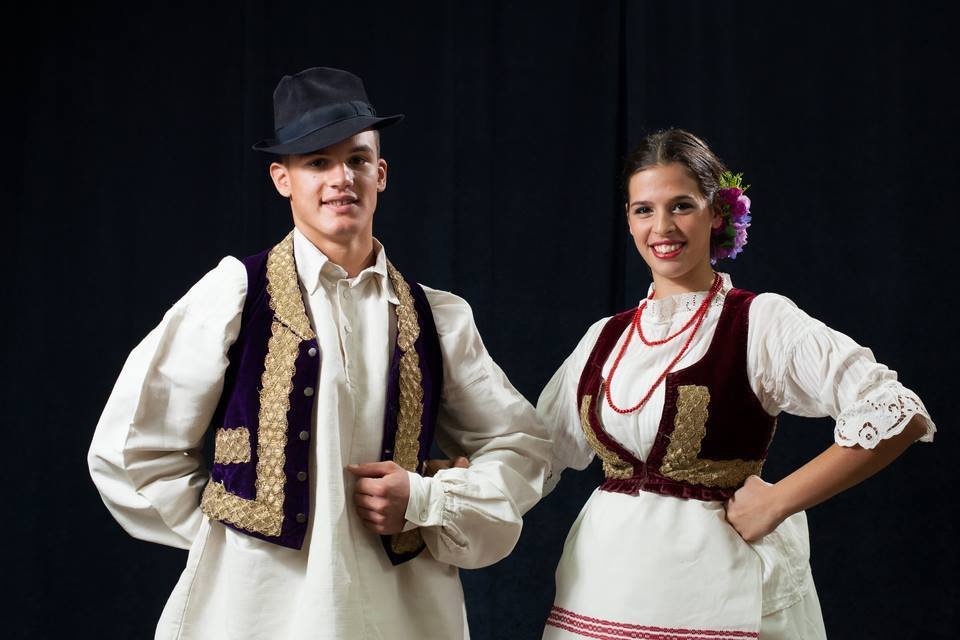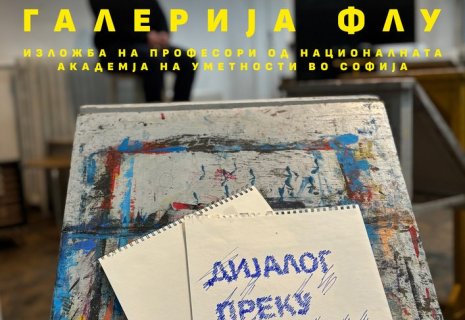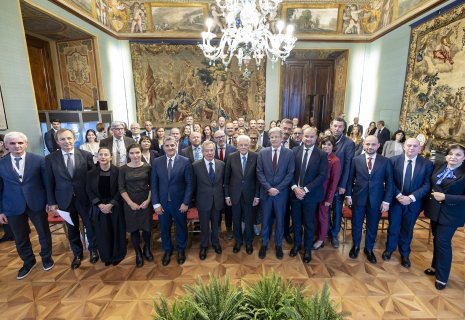
Original customs and traditions in Serbia
Serbia, a land rich in history and culture, boasts a variety of customs and traditions that reflect its unique heritage. Nestled in the heart of the Balkan Peninsula, Serbia has been influenced by numerous civilizations over the centuries, resulting in a vibrant tapestry of customs that are deeply rooted in the lives of its people. This article explores some of the most significant original customs and traditions in Serbia, highlighting their cultural importance and the ways they have been preserved through generations, CE Report reports.
The Role of Folklore and Dance
Folklore plays a central role in Serbian culture, with stories, myths, and legends passed down through generations. The traditional Serbian epic poetry, known as "guslar," features a singer who accompanies himself on a one-stringed instrument called the "gusle." These epic tales often recount the heroism of historical figures and events, reinforcing national identity and cultural pride.
Traditional folk dances, such as "kolo," are integral to Serbian celebrations. Kolo is a circular dance performed by men and women, symbolizing unity and the community spirit. Each region in Serbia has its own variations of kolo, often characterized by distinctive costumes and music, preserving local traditions while still fostering a sense of national identity.
Festivals and Celebrations
Serbia is home to numerous festivals that highlight its vibrant cultural heritage. One of the most significant is "Slava," a unique Serbian Orthodox Christian tradition where families celebrate their patron saint's feast day. Each family chooses a saint, often one that holds personal or historical significance, and honors this figure with a day-long celebration that involves prayers, food, and community gatherings. This deeply personal and spiritual tradition links families to their ancestors and reinforces their cultural and religious identity.
Another significant festival is the "Krsna Slava," which showcases the hospitality of Serbian culture. On this day, families prepare traditional dishes like "slava kolač" (a special bread), and "žito" (boiled wheat), typically incorporating elements that symbolize resurrection and rebirth. This unique custom illustrates the importance of family, faith, and community in Serbian society.
Traditional Crafts and Arts
Serbia’s artistic heritage is manifested in various crafts that have been preserved for centuries. Handicrafts such as pottery, weaving, and wood carving are not only skills but also an expression of local identity. The intricate designs found in Serbian embroidery often feature geometric patterns and motifs inspired by nature, highlighting the region’s aesthetic values.
Claywork, particularly from the town of Užice and near the Đerdap gorge, remains popular. Traditional craftsmen produce pottery marked by vibrant colors and unique shapes, often reflecting historical influences and local traditions. These crafts not only serve practical purposes but also play an essential role in preserving Serbia's cultural identity.
Cuisine as Cultural Expression
Serbian cuisine is a delicious reflection of its customs and traditions, combining influences from Mediterranean, Hungarian, Turkish, and Austro-Hungarian cuisines. Traditional dishes such as "sarma" (cabbage rolls), "ćevapi" (grilled minced meat), and "ajvar" (pepper-based condiment) are staples at Serbian celebrations and gatherings.
Food plays a vital role in social interactions, with shared meals symbolizing hospitality and communal bonds. The tradition of preparing and sharing meals is deeply ingrained in Serbian culture, often featuring elaborate spreads during holidays and family gatherings, reinforcing connections among family members and friends as they celebrate life and its milestones together.
Conclusion
The customs and traditions of Serbia are a vibrant reflection of its storied past and rich cultural heritage. From folklore and dance to unique celebrations and culinary delights, these practices serve to strengthen communal bonds and foster a sense of identity among the Serbian people. While modernization continues to influence lifestyles, the commitment to preserving these customs underscores their significance in maintaining cultural continuity and pride. As Serbia navigates the complexities of the present, its original customs and traditions remain a vital pillar of its identity, ensuring that the rich tapestry of its culture continues to thrive for future generations.
























